Best Java Frameworks for Web Development
Java continues to hold a prominent position in the programming landscape, and as we step into 2025, the tools and frameworks that enhance its power are evolving to meet modern development needs. Java web frameworks, in particular, have become indispensable for building robust, scalable, and feature-rich applications.
This detailed guide highlights the best Java frameworks for web development, including their key features, strengths, and ideal use cases. Whether you’re developing complex enterprise applications or lightweight microservices, this comprehensive overview will help you make the right choice.
What Are Java Frameworks?
Java frameworks are pre-built, structured sets of libraries, components, and tools that simplify the process of coding Java applications. They provide developers with essential features like dependency injection, database integration, security mechanisms, and routing, enabling faster and more efficient development.
Key advantages of using Java frameworks include:
- Streamlined Development: Eliminate repetitive tasks with pre-built functionalities.
- Consistency: Enforce standardized coding practices for improved maintainability.
- Community Support: Access extensive documentation, tutorials, and support forums.
- Enhanced Performance: Ensure optimized, reliable applications with regularly updated frameworks.
Top Java Frameworks
Here’s a closer look at the best Java web frameworks for web development, considering trends and emerging technologies.
1. Spring Framework
The Spring Framework remains at the forefront of Java development in 2025, offering unparalleled tools and resources for building enterprise-grade applications.
- Features:
- Dependency Injection (IoC) simplifies development.
- Spring Boot enables faster and easier configuration for microservices.
- Full support for modern technologies like cloud computing and containers.
- Ideal For:
- Building complex enterprise applications, REST APIs, and distributed systems.
- 2025 Enhancements:
- Deeper integration with serverless architecture platforms.
- Enhanced tools for building AI-driven applications.
Why It Stands Out: Its rich ecosystem, frequent updates, and expansive community make Spring the go-to choice for Java developers worldwide.
2. Hibernate Framework
Hibernate continues to dominate the object-relational mapping (ORM) space, making database operations smoother and more efficient.
- Features:
- Simplifies data persistence with ORM.
- Supports both relational (SQL) and NoSQL databases.
- Excellent backward compatibility and consistent performance updates.
- Ideal For:
- Developers managing extensive and complex data operations.
3. Play Framework
For modern, web-friendly applications, the Play Framework is an invaluable choice.
- Features:
- Built-in support for both Java and Scala.
- Hot code reloading and asynchronous processing for a seamless development experience.
- Based on Reactive Systems for high scalability.
- Popular Use Cases:
- Building scalable applications with real-time capabilities.
- Widely used by companies like Samsung and LinkedIn.
4. Vaadin Framework
Vaadin shines in the realm of user-centric, modern web applications. Its focus on simplicity and performance continues to draw developers in 2025.
- Features:
- Direct DOM access through server-side Java.
- Comprehensive UI components tailored for mobile and desktop platforms.
- Pre-built themes and layout configurations for quick development.
- Strengths:
- Optimized for performance, accessibility, and UX.
5. Struts Framework
The Apache Struts framework remains a strong contender for enterprises requiring robust, scalable applications.
- Features:
- Modular design with plugin-based architecture.
- Integration with other frameworks, such as Hibernate and Spring.
- Built-in support for REST and AJAX.
When to Use Struts:
For large-scale enterprise applications where flexibility and extensive plugin support are needed.
6. Dropwizard Framework
Ideal for RESTful web service development, Dropwizard continues to thrive in the Java development tools ecosystem.
- Features:
- Pre-packaged with Jetty, Hibernate Validator, and Jackson.
- Fast deployment cycles for microservices.
- Lightweight and straightforward configuration.
7. Google Web Toolkit (GWT)
GWT stays relevant for developers looking to transform Java code into optimized browser-based applications.
- Features:
- Smooth compilation of Java into JavaScript.
- Support for progressive web apps (PWAs) in 2025.
- Backed by Google, ensuring stability and regular updates.
8. Apache Wicket
For developers seeking simplicity and a component-driven approach, Apache Wicket continues to be a dependable option.
- Features:
- Component-based development for web applications.
- Supports localization and AJAX without additional coding.
- Safe URL management and reusable components.
- Best For:
- Building secure and modular web apps.
9. Grails Framework
Based on Groovy and built atop Spring Boot, Grails offers speed and efficiency for developers in 2025.
- Key Features:
- Convention-over-configuration design.
- Extensive plugins and a vibrant community.
- Fast application development without sacrificing quality.
Perfect For: Creating Java applications with minimal boilerplate code.
10. PrimeFaces
This lightweight web framework excels in creating responsive and appealing user interfaces.
- Features:
- Over 100 UI components tailored for Jakarta EE development.
- Pre-designed themes and layout templates.
Why Use PrimeFaces?
It simplifies creating high-quality front-end experiences for Java-based applications.
11. JHipster
JHipster, a favorite for developing microservices, now integrates cutting-edge front-end frameworks like Angular 14 and React 18 in 2025.
- Features:
- Supports monolithic and microservices architecture.
- Tools for DevOps tasks like CI/CD pipeline setups.
- Use Cases:
- Modern application development with a robust mix of front- and back-end technologies.
12. Vert.x
Known for its lightweight, non-blocking capabilities, Vert.x continues to lead in creating reactive applications in 2025.
- Features:
- Supports Java, Kotlin, Groovy, and other JVM languages.
- Event-driven architecture for building asynchronous apps.
13. JavaServer Faces (JSF)
JSF remains popular in 2025 for its simplicity in creating rich, front-end applications for Java developers.
- Features:
- MVC-based approach for scalable front-ends.
- Comprehensive integration with backend workflows.
14. MyBatis Framework
This framework remains a go-to choice for SQL-driven applications.
- Features:
- Simplified SQL mappings for Java methods.
- Improved support for non-relational databases in 2025.
- Why Choose It?
- Ideal for applications heavily reliant on complex queries.
Selecting the Right Java Framework
Consider these factors before choosing a framework:
- Application Requirements: Microservices (Dropwizard, Spring Boot) vs. UI-intensive applications (Vaadin).
- Scalability Needs: Reactive systems like Play and Vert.x excel in high-demand environments.
- Learning Curve: Frameworks like Spring and Hibernate have extensive support and resources.
- Budget Constraints: Open-source frameworks like Struts and JHipster are cost-effective.
Conclusion
The Java web frameworks of 2025 showcase advancements that meet the ever-evolving demands of modern development. Whether building microservices or creating complex enterprise applications, there’s a framework tailored to your needs. Carefully evaluate your project requirements, and leverage these powerful Java development tools to create impactful, scalable web applications.
Read Our More Blog: Top Reasons to Choose Java for Your Web Development Projects


